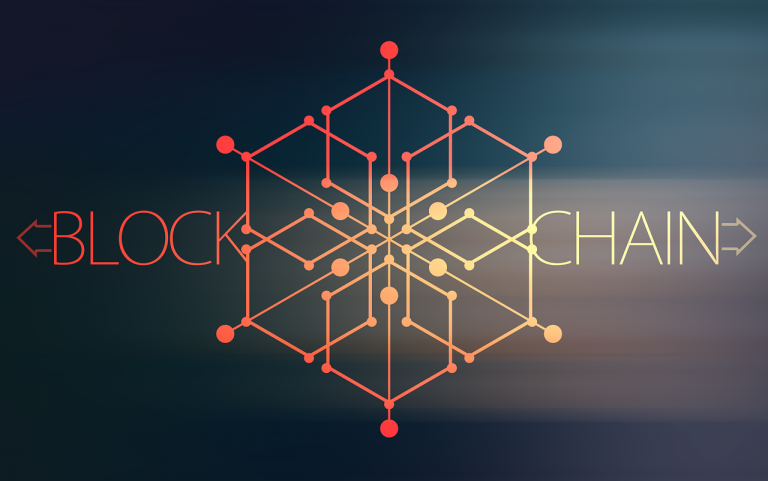In recent years, blockchain technology has emerged as a revolutionary innovation that is reshaping industries, from finance to supply chain management. While the term “blockchain” is often associated with cryptocurrencies like Bitcoin, its applications go far beyond digital currency. For many people, however, the concept remains vague and technically intimidating. This article aims to provide a non-technical, comprehensive overview of what blockchain is, how it works, and why it matters.
What Is Blockchain?
At its core, blockchain is a digital ledger—a system for recording information in a way that is secure, transparent, and decentralized. Think of it as a digital notebook shared across a network of computers. Instead of being stored in a single location or controlled by a central authority, the ledger is distributed across many participants, often referred to as “nodes.”
Each record in this ledger is called a block, and these blocks are linked together in chronological order to form a chain—hence the name, blockchain.
Key Characteristics of Blockchain
To better understand how blockchain works, it’s useful to look at its key characteristics:
1. Decentralization
In traditional systems, data is stored in a central database, like a bank’s server. Blockchain removes the central authority and distributes the data across a peer-to-peer network. Every participant in the network has access to the entire ledger, which promotes transparency and reduces the risk of centralized control or failure.
2. Transparency
Because every node on the blockchain has a copy of the ledger, transactions can be verified by anyone. This ensures that the data is consistent and that no single party can manipulate the records without others noticing.
3. Immutability
Once a block is added to the chain, it cannot be altered without changing every subsequent block. This makes blockchain highly secure and resistant to fraud. In other words, it’s almost impossible to tamper with data once it’s been recorded.
4. Consensus Mechanisms
To validate transactions and add new blocks to the chain, blockchain networks rely on consensus mechanisms—rules that all participants agree upon. Common methods include Proof of Work (PoW) and Proof of Stake (PoS), which ensure that all entries are accurate and trustworthy.
How Does Blockchain Work?
Let’s break it down into simple steps using a real-world analogy.
Example: Alice Sends Money to Bob
-
Initiating a Transaction
Alice wants to send money to Bob. She creates a transaction request, which is broadcast to the network. -
Transaction Verification
The network of computers (nodes) verifies the transaction. In a decentralized system, this involves checking that Alice has enough balance and that the transaction is legitimate. -
Block Creation
Once verified, the transaction is grouped with others into a new block. This block contains transaction data, a timestamp, and a reference to the previous block. -
Consensus and Addition to the Chain
Through a consensus mechanism, network participants agree that the block is valid. Once consensus is reached, the block is added to the existing chain. -
Completion
The transaction is complete. The ledger is updated across all nodes, and Bob receives the money.
Types of Blockchains
There are different types of blockchains suited for various use cases:
1. Public Blockchains
These are open to anyone and fully decentralized. Bitcoin and Ethereum are examples. Anyone can participate, validate transactions, and maintain the ledger.
2. Private Blockchains
These are restricted and controlled by a single organization. They are commonly used by businesses for internal processes.
3. Consortium Blockchains
Also known as federated blockchains, these are governed by a group of organizations. They strike a balance between decentralization and control.
Real-World Applications of Blockchain
Blockchain is not limited to cryptocurrencies. It has numerous real-world applications:
– Finance
Blockchain enables faster, cheaper, and more secure financial transactions, reducing the need for intermediaries like banks.
– Supply Chain Management
Companies use blockchain to track the origin and movement of goods, improving transparency and reducing fraud.
– Healthcare
Patient records can be securely shared between providers, ensuring data integrity and enhancing treatment coordination.
– Voting Systems
Blockchain can provide tamper-proof and transparent voting mechanisms, increasing trust in electoral processes.
– Digital Identity
Users can have greater control over their personal data, securely verifying their identity without relying on centralized databases.
Benefits of Blockchain
-
Enhanced Security: Data is encrypted and distributed, making it highly resistant to cyberattacks.
-
Cost Efficiency: Reduces reliance on intermediaries and manual record-keeping.
-
Improved Traceability: Every transaction is recorded and time-stamped, providing a clear audit trail.
-
Faster Transactions: Blockchain can process transactions faster, especially across borders.
Challenges and Limitations
Despite its promise, blockchain faces several challenges:
-
Scalability: Processing large volumes of transactions can be slow and resource-intensive.
-
Regulation: Lack of clear legal frameworks can hinder adoption.
-
Energy Consumption: Some consensus methods, like Proof of Work, consume significant energy.
-
Complexity: The technology is still new and complex for many organizations and users.
The Future of Blockchain
As technology evolves, blockchain is expected to become more user-friendly, scalable, and integrated into daily life. Advances like Layer 2 solutions, smart contracts, and interoperable blockchains are addressing many of its current limitations. Governments, corporations, and innovators are investing heavily in blockchain research, signaling that the technology is here to stay.
Blockchain is more than just the backbone of cryptocurrencies—it’s a foundational technology with the potential to transform the way we store, share, and verify information. While it may seem complex at first, understanding the basic principles of decentralization, transparency, and immutability helps demystify how blockchain works. As adoption continues to grow, so does the opportunity for individuals and organizations to benefit from this transformative innovation.
Whether you’re a curious individual, a business leader, or simply someone hearing the buzz, now is the perfect time to grasp the essentials of blockchain—and perhaps be part of shaping its future.


